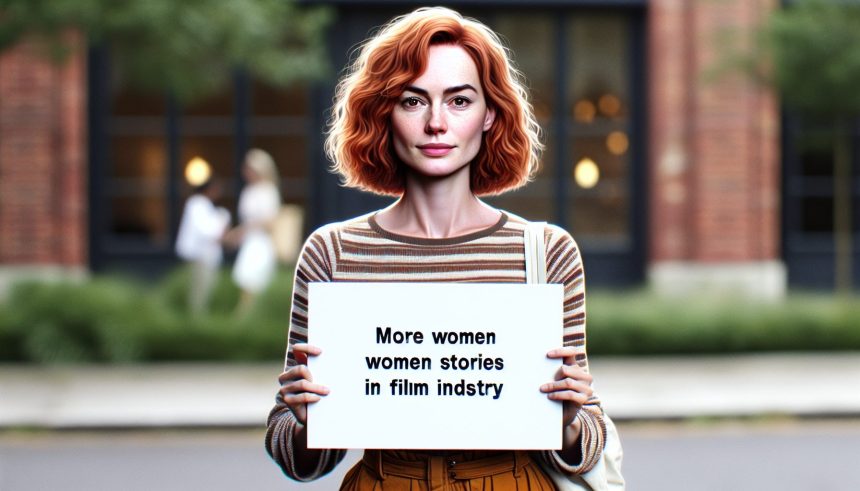Renowned actress and producer Connie Britton is advocating for greater representation of women’s stories in filmmaking. Britton, who is also a venture investor, a Dartmouth board member, and a UN Goodwill Ambassador, consistently voices the need for female representation in Hollywood, highlighting the gender inequities prevalent in the industry.
In numerous instances, Brittton has faced systemic barriers within Hollywood. She recalls her attempts to launch a drama series about four women, which got rejected due to the existence of another show featuring the same number of female characters. Brittton’s discontent emphasizes the entrenched biases within the system, where decisions are made based on gender and not on the merit of content. However, she remains steadfast in her quest for inclusivity and diversity in content.
While efforts for equality in cinema, such as the serial campaigns “#MeToo” and “Time’s Up”, are increasingly visible, progress remains slow. Year 2023, dubbed as the “Year of the Woman”, saw notable successes for artists like Taylor Swift, Beyoncé, and SZA, yet power structures within Hollywood remain predominantly male. It underscores that despite wide recognition, women’s contributions are not sufficiently appreciated.
Maureen Ryan, author of “Burn It Down: Power, Complicity, and a Call for Change in Hollywood”, criticizes this consistent lack of recognition. Ryan asserts that such repeated overlook inhibits professional growth for women and further bolsters the culture of gender disparity in Hollywood. According to Ryan, the system is inherently unfair and largely favors men.
Feminist concerns over the discrepancy between the rising economic power of women and the lack of quality entertainment content specifically tailored to them are growing. Analysts predict that by 2028, women will control the majority of discretionary spending and make up more than half of all audiences. However, most large-budget projects are still predominantly targeting male audiences.”
Experts suggest that increased production of female-centric content could bolster diversity in storytelling and change industry norms. Despite this, the potential risk associated with investing in female lead projects continues to hinder progress. However, as the female audience continues to grow in terms of financial power and numbers, the industry must urgently adapt, lest they miss out on significant economic opportunities.
In conclusion, the increase in women’s economic power and their growing audiences have not been met with proportional growth in quality and quantity of female-oriented entertainment content. Such disparity, if not addressed promptly, could result in significant missed opportunities for the industry.







